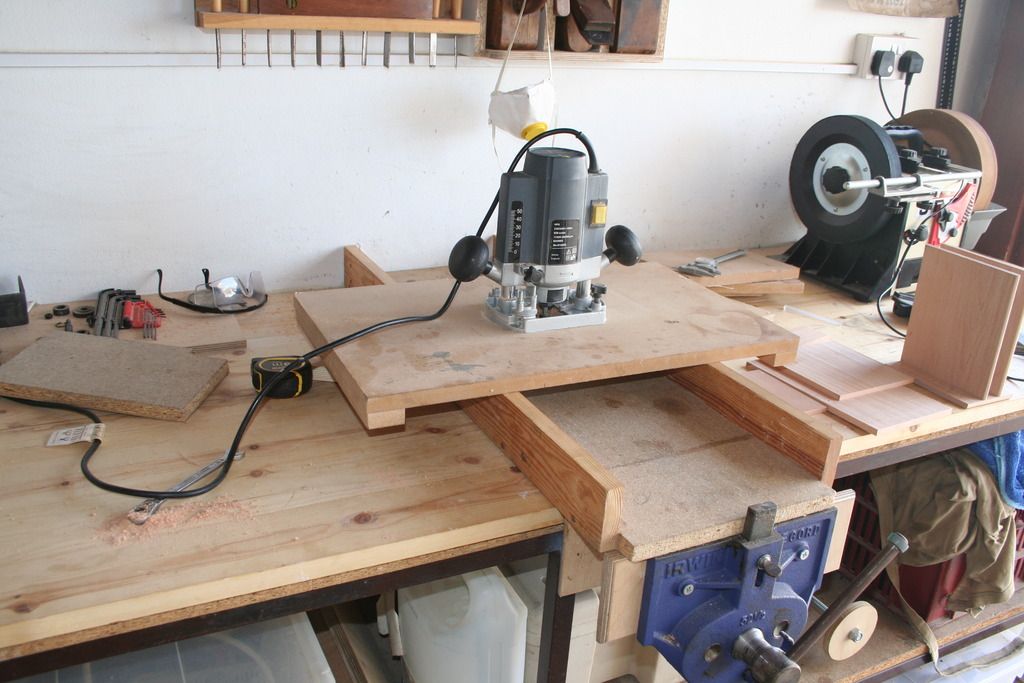looking for the "ultimate" jig
I just don't have the room for a dedicated planer thicknesser and it would not do width I need
i have a cheap and nasty woodstar that to be honest is not a bad planer but a pineapple thicknesser
thicknessing per say is not priority, more about getting flat boards
however a few jobs i have planned require 2x4 foot boards up to 4" thick to be worked on
so I would rather spend my hard earnt on router jig that can adjust for most tasks
metalwork skills are not great to be honest, and hand tools are even worse
Steve
I just don't have the room for a dedicated planer thicknesser and it would not do width I need
i have a cheap and nasty woodstar that to be honest is not a bad planer but a pineapple thicknesser
thicknessing per say is not priority, more about getting flat boards
however a few jobs i have planned require 2x4 foot boards up to 4" thick to be worked on
so I would rather spend my hard earnt on router jig that can adjust for most tasks
metalwork skills are not great to be honest, and hand tools are even worse
Steve





